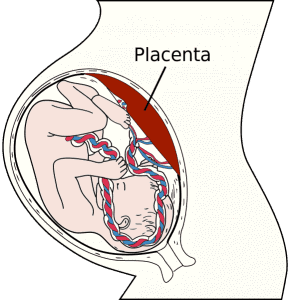Schedule a Consultation
216-621-3000Schedule a Consultation
216-621-3000
There are at least two patients for every pregnancy—the mother and child. Most of the attention (and risk) is focused on the baby, but the risks to mothers are increasing nationwide. From 2006 to 2010 the number of maternal deaths has increased from 13.3 per 100,000 to 21 per 100,000. Even accounting for improvements in record keeping, this is obviously a very concerning issue, and should be addressed.
What better place, then, than the state with the highest rate of maternal deaths? Georgia has that unfortunate distinction, with 35 deaths per 100,000 births in 2011.
The main reason for maternal death in the delivery period is postpartum hemorrhage. Nurses and doctors must take care to monitor for bleeding before, during and after labor. One major cause is placental abruption, where the placenta prematurely separates. Bleeding may be hidden because it may pool in the uterus if the placenta blocks the cervix. Bleeding after birth may be caused by cesarean sections, particularly if laceration are not timely identified and corrected.
Other causes for maternal death within a year of delivery include:
Some believe that women may be more susceptible to medical injuries because they are delivering later in life, and as a whole, the country is becoming unhealthier. Chronic medical conditions, like hypertension and diabetes, may play a role.
22 Georgia hospitals have joined an initiative to study and reduce maternal death, run by the Association of Women’s Health, Obstetric and Neonatal Nurses (AWHONN). The initial focus will be on bleeding-related deaths. The hospitals include a wide swath of socioeconomic areas, and will enable researchers to examine differences in income, race, age, and other factors, which should help to identify at-risk populations, and to implement changes.
For more information on maternal risks of death, contact our medical malpractice attorneys at (440) 252-4399 or online for a free consultation.

